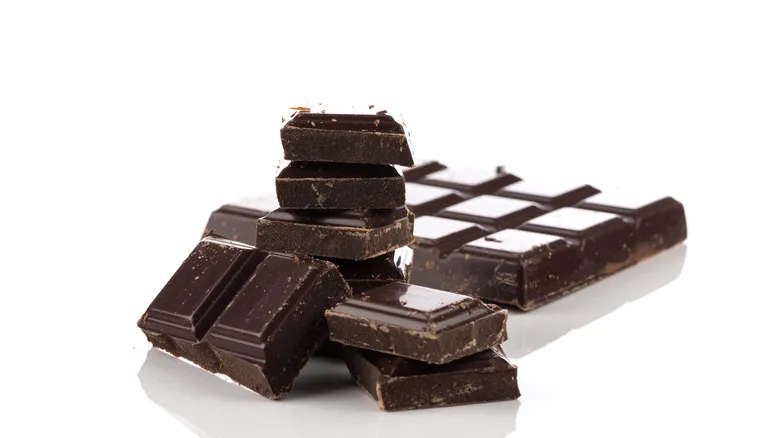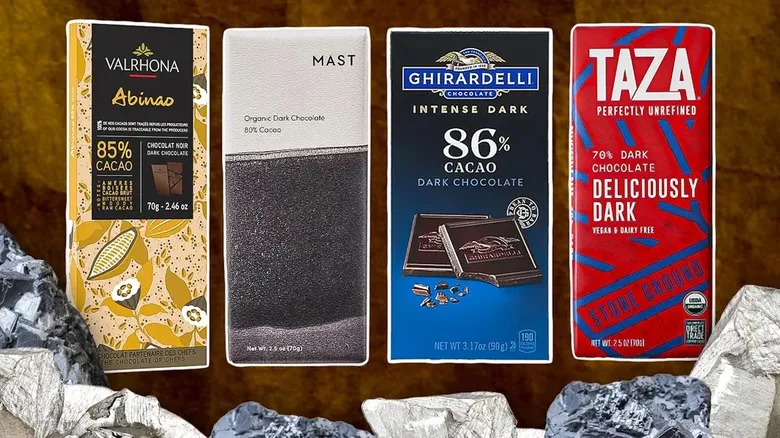Why there's cadmium and lead in dark chocolate

The buildup of lead in the body can lead to various health problems, including issues with the nervous system and damage to the kidneys and liver, as noted in a 2020 research article published in the Journal of Health Science and Engineering. In children, lead exposure can result in reduced IQ and learning difficulties. Similarly, the accumulation of cadmium in the body is linked to several types of cancer, and both heavy metals can negatively impact the immune system. Cadmium often enters chocolate through the soil where the cacao tree, the source of chocolate's main ingredient, grows. Lead can contaminate cacao during harvesting or processing.
A 2023 study by Consumer Reports detected both heavy metals in all 28 dark chocolate bars it analyzed, with some products exceeding the recommended limits of 0.5 micrograms for lead and 4.1 micrograms for cadmium. Likewise, a 2024 study published in Frontiers in Nutrition found that among the 72 dark chocolate products tested, 43% had lead levels above what is considered safe, and 35% exceeded safe levels for cadmium. Due to the absence of national standards for permissible amounts of lead and cadmium in most foods, both studies referenced California's state guidelines. Neither study examined milk chocolate, which generally contains lower levels of heavy metals compared to dark chocolate, which has a higher cacao content.
The safest choices

The most recognized brand identified by Consumer Reports for having lower levels of both cadmium and lead is Ghirardelli. It was included in the safer choices list with two of its products: Intense Dark Chocolate and Intense Dark Chocolate Twilight Delight. Valrhona's Abinao Dark Chocolate also made the cut. Although a study from George Washington University indicated that organic products often had higher levels of these heavy metals, Mast's Organic Dark Chocolate and Taza Chocolate's Organic Deliciously Dark Chocolate were among the only five bars in Consumer Reports' list that met the safety thresholds for both lead and cadmium.
Dark chocolate might be somewhat overrated, as the health benefits of high-cacao chocolate do not necessarily outweigh its frequently bitter taste. However, if you enjoy dark chocolate, there's no need to fret — a recent study from Tulane University in New Orleans, published in Food Research International in 2024, found that consuming 1 ounce of dark chocolate daily "poses no adverse risk for adults" and only a minimal risk for children. It's important to note that this study did not adhere to California's more stringent guidelines like the others. Nevertheless, opting for brands with lower levels of these heavy metals may be a wiser choice.
Recommended

This Rare Potato Variety Is More Expensive Than Wagyu Beef

Giada De Laurentiis' Secret Weapon For Boiling Pasta Is Italian Sea Water

Uncured Bacon Isn't Really Uncured. So What Is It?

The Concerning Mystery Behind Costco's Food Court Frozen Coffee
Next up

